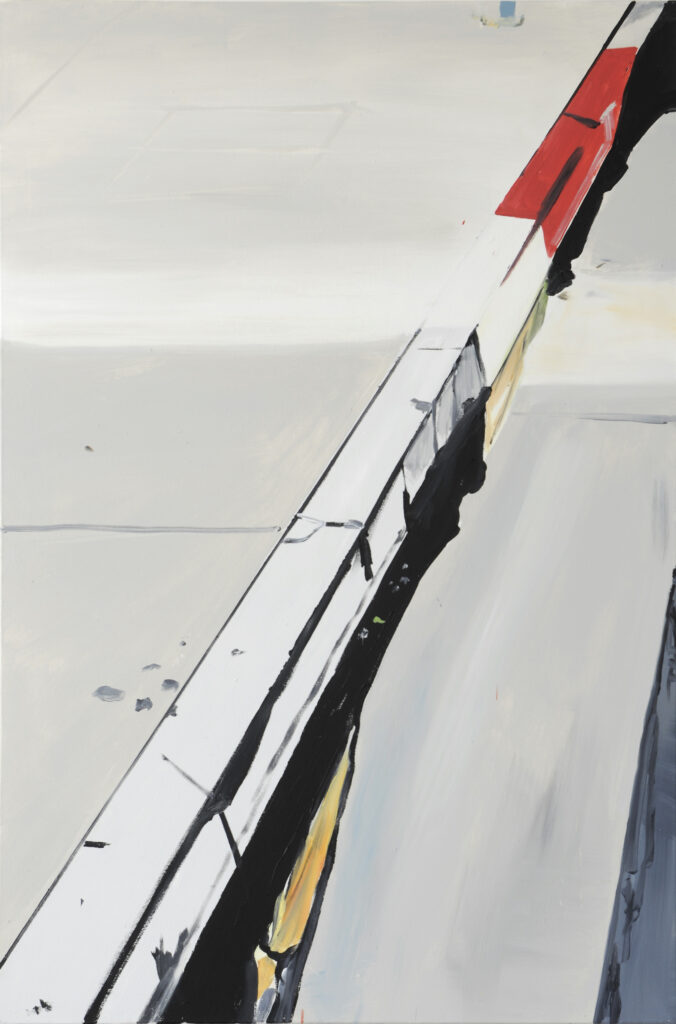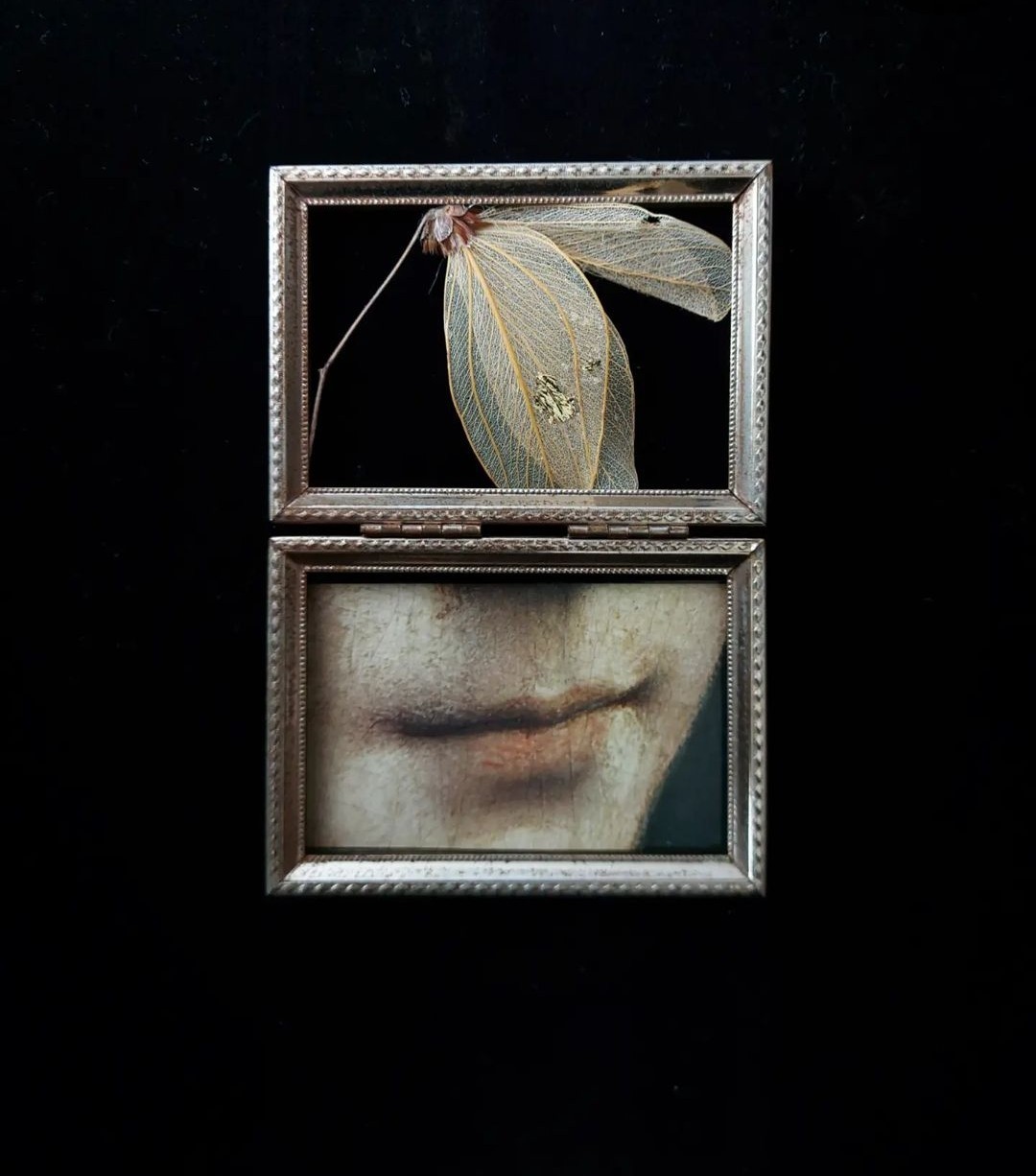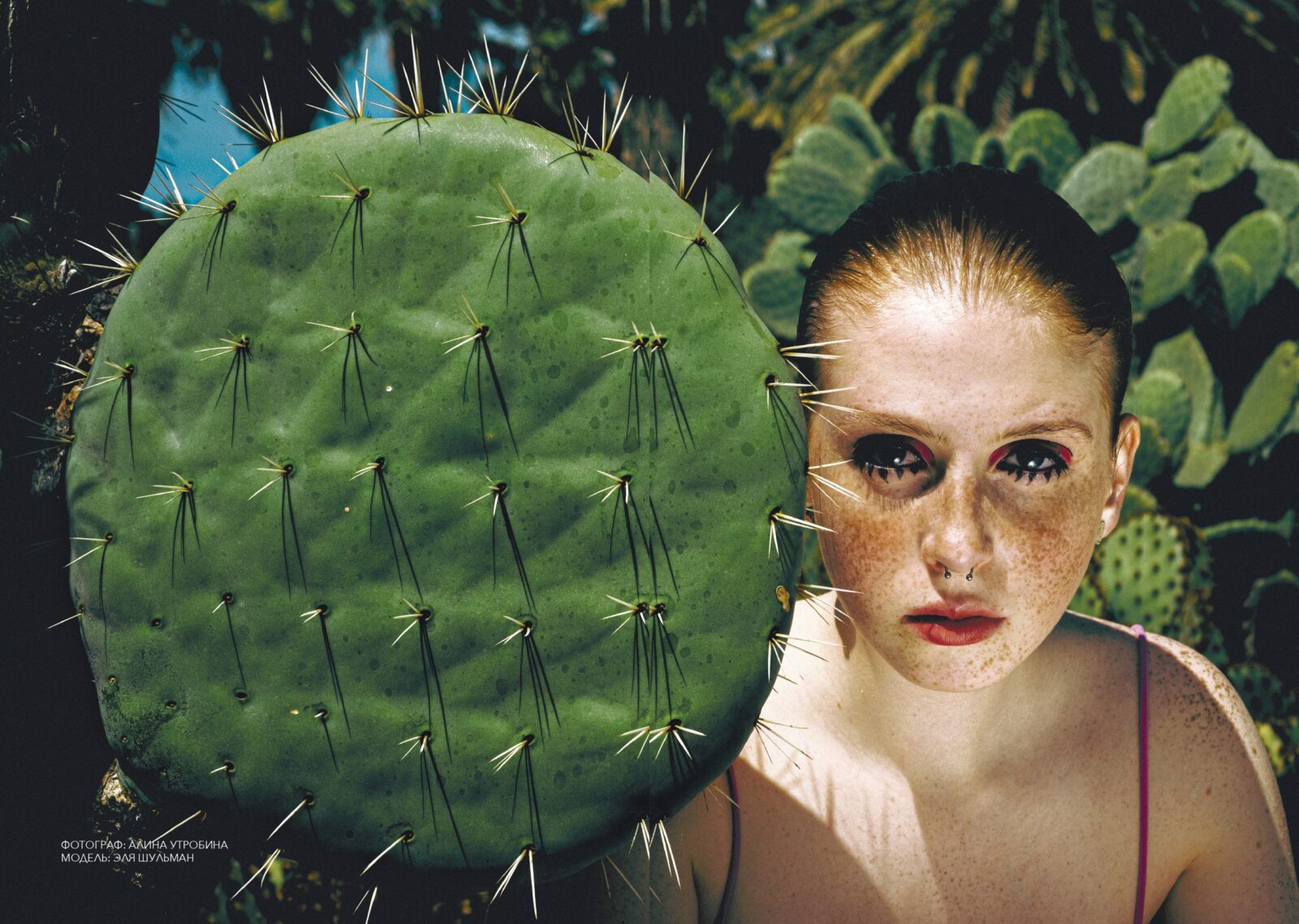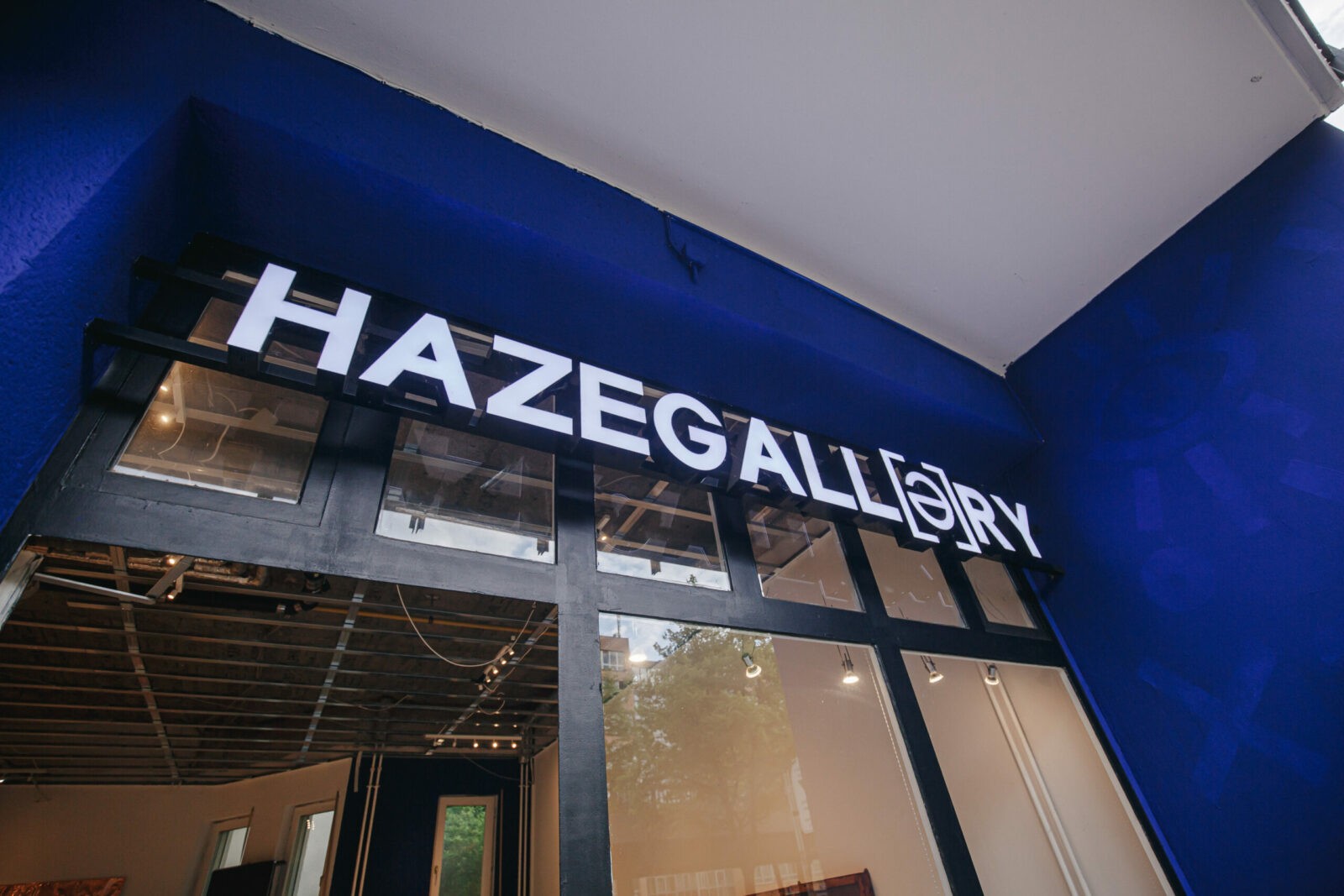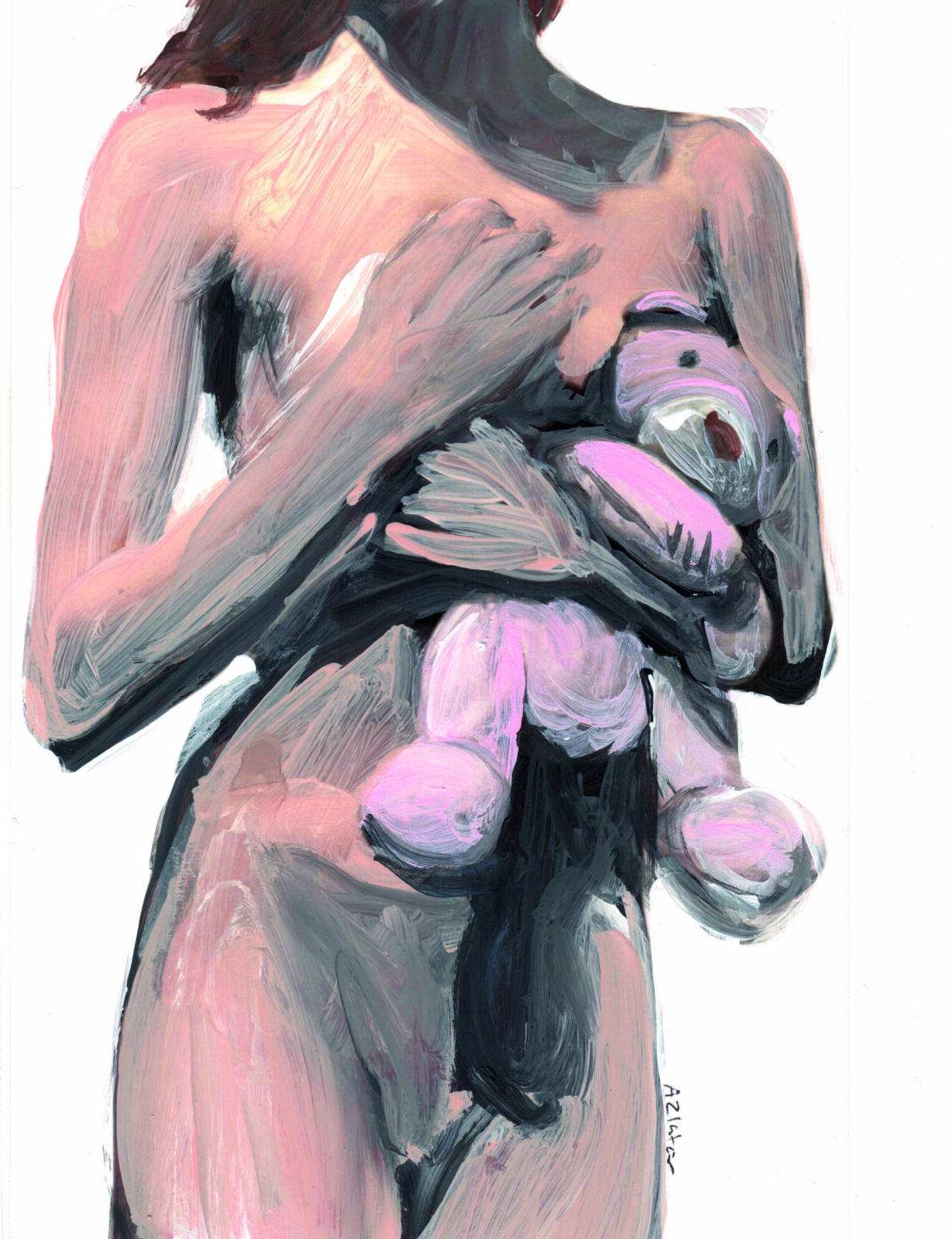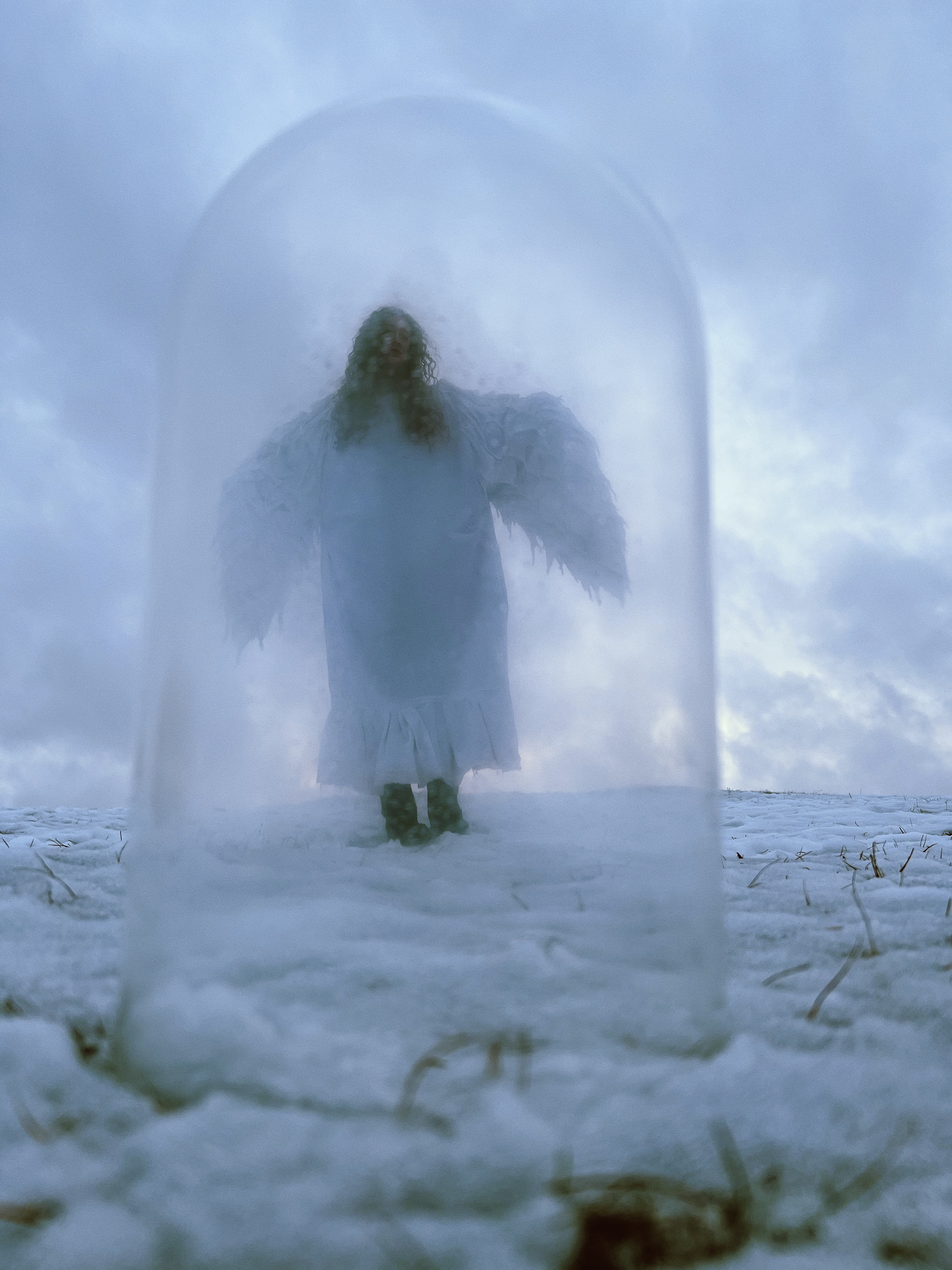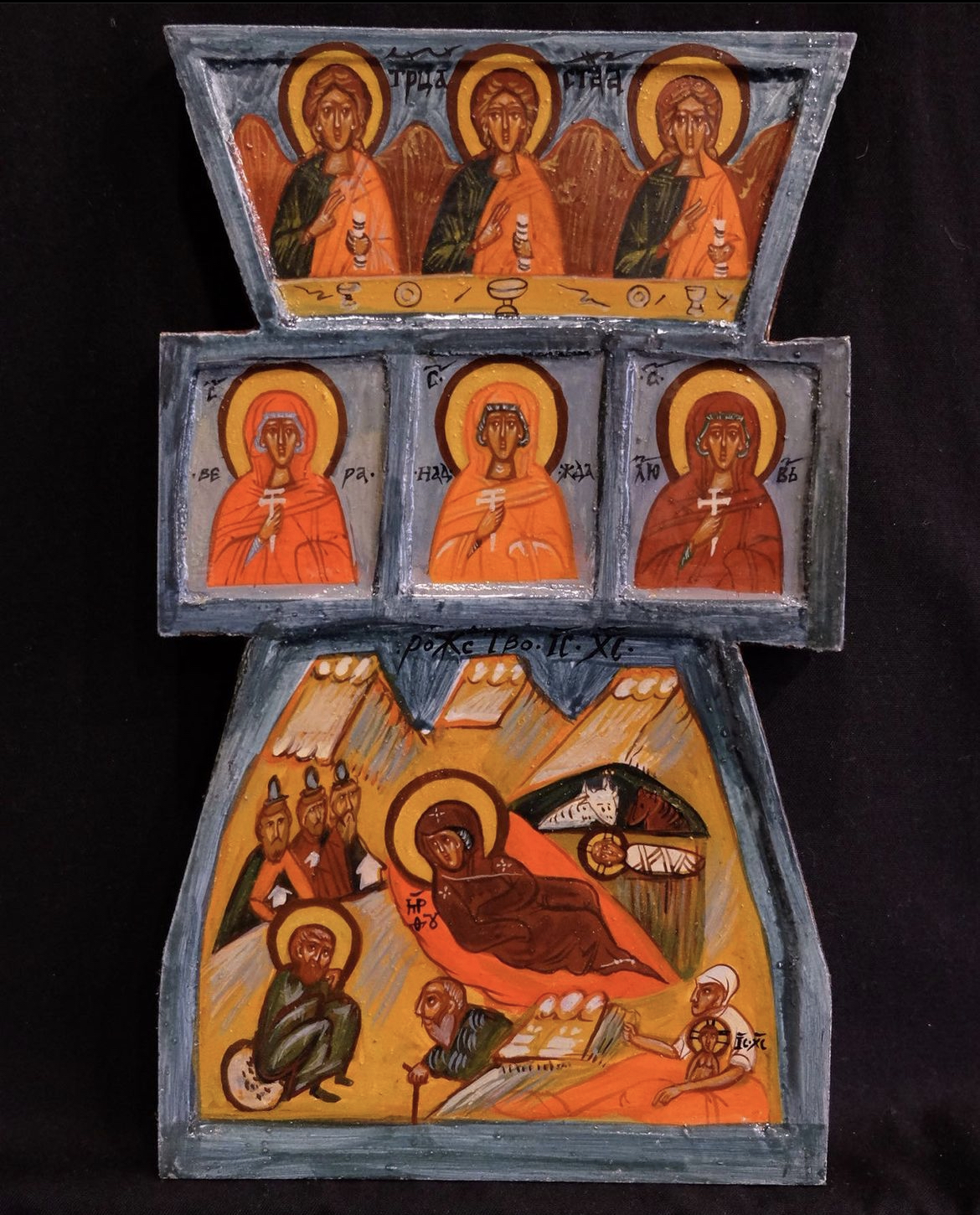Koen van den Broek is a Belgian artist with a strong focus on photographic composition, which can change the depicted subject beyond recognition.
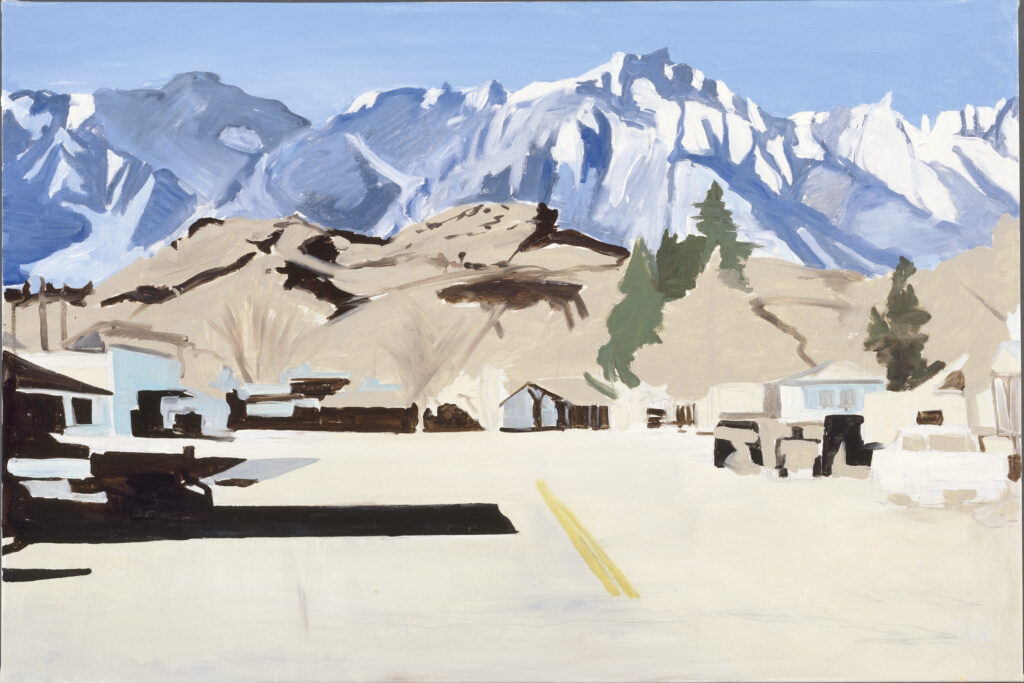
Please describe your work process. How often do you change it?
Like many other painters, I start with photography – the only difference being, though essential, that all the photos I use are taken exclusively by me. It’s always me behind the camera, so my viewpoint defines the composition of the photo, its framing, content and, most of the time, even the color balance. Sometimes it can be confusing to the point where my original photo can be perceived as a reproduction of my painting.
I am convinced that if you want to develop as an artist nowadays, the only way forward is by taking two steps back before moving one step forward. Without the vast knowledge of contemporary art and its history there’s no way to create any relevant artwork. I’m very happy to put some distance between myself and my home by traveling all around the world: it helps me develop a more objective outlook on my environment. At the same time, traveling gives me an opportunity to discover the world through various art forms, different architecture and people — as it broadens my viewpoint and interests.
Currently, I’m happy to announce two new publications upcoming in October of 2023, titled “Eagle” and “Out of Place”, the latter is followed by an essay by Prof. John C. Welchman (University of California, San Diego). Both publications encompass 25 years of my practice and will be accompanied by my several exhibitions at Galerie Greta Meert (Brussels, BE), Kunstmuseum Magdeburg (DE) and Ludwig Museum Koblenz (DE). Very recently I’ve also started a whole new series, where the main medium – oil on canvas – gets replaced by traffic paint and tar.
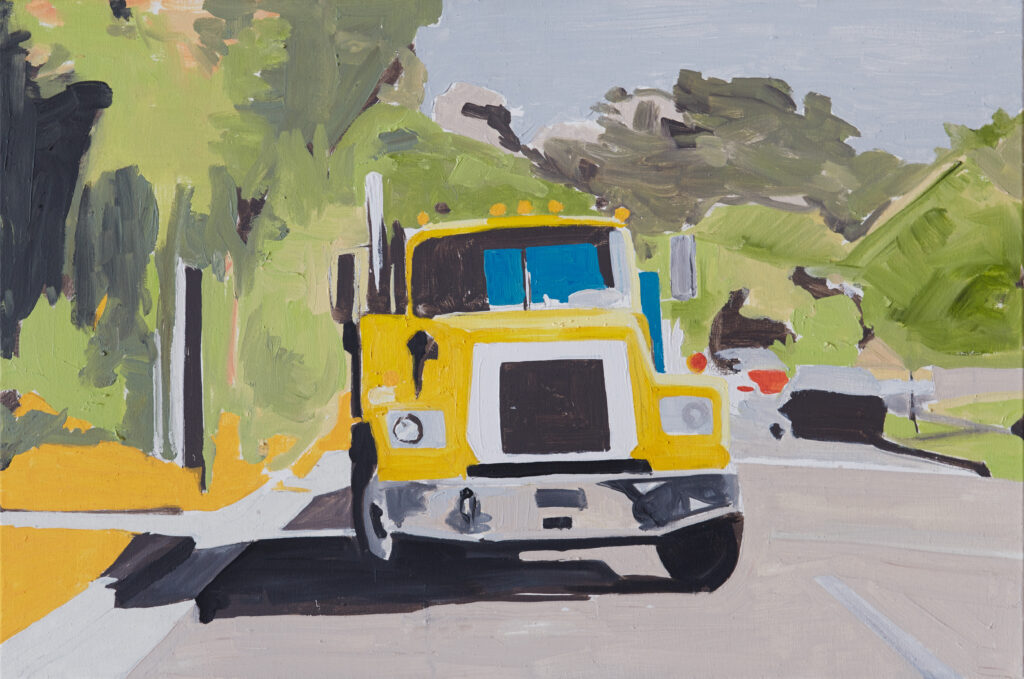
You seem to be greatly inspired by architecture. What city objects do you use as subjects for your paintings most often? How do you find them?
As I’m looking through my camera at the city, hunting for that one perfect image, I often enjoy the feeling of being ‘disconnected’ from that time and place – and it gives me freedom to reframe the picture or cut out unnecessary structures.
On the other hand, I am often seduced by famous buildings and well-known architects. One such example would be the Twin Towers (the photo is now in Elton John’s collection), which I photographed standing from a certain height at the Brooklyn Bridge, capturing the rhythm of the two cubes floating in the isolated sky.

Speaking of the dialogue between art and architecture, there were also times when I was inspired by architects, such as Donald Judd, Mies van der Rohe, Taddeo Ando, Gio Ponti, Louis Khan, Jean Nouvel, Jun Itami and Helmut Jahn.
Landscapes in your works often become quite abstract – why did you choose this way of depicting landscapes? What are your thoughts on pure abstraction?
Henri Matisse once spoke on the impossibility of abstraction. To explain my own position on the matter, I always use a comparison between his “Porte-fenêtre à Collioure” and “Black Square” by Malevich. Malevich’s painting is usually perceived as pure abstraction — even at his funeral there was “Black Square” in front of his funeral car as a symbol of his individual artwork — standing on its own, disconnected from any realistic image. At the same time, Henri Matisse’s work can be viewed as its opposite. When looking at Matisse’s painting, you also see a black rectangle, yet it is a very realistic night view through a window in his living room.
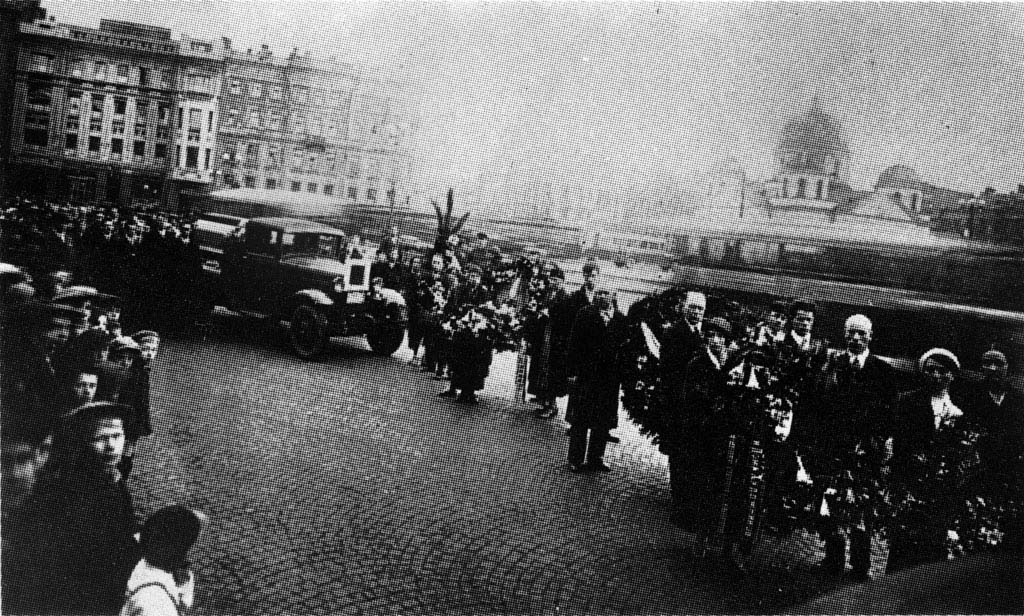
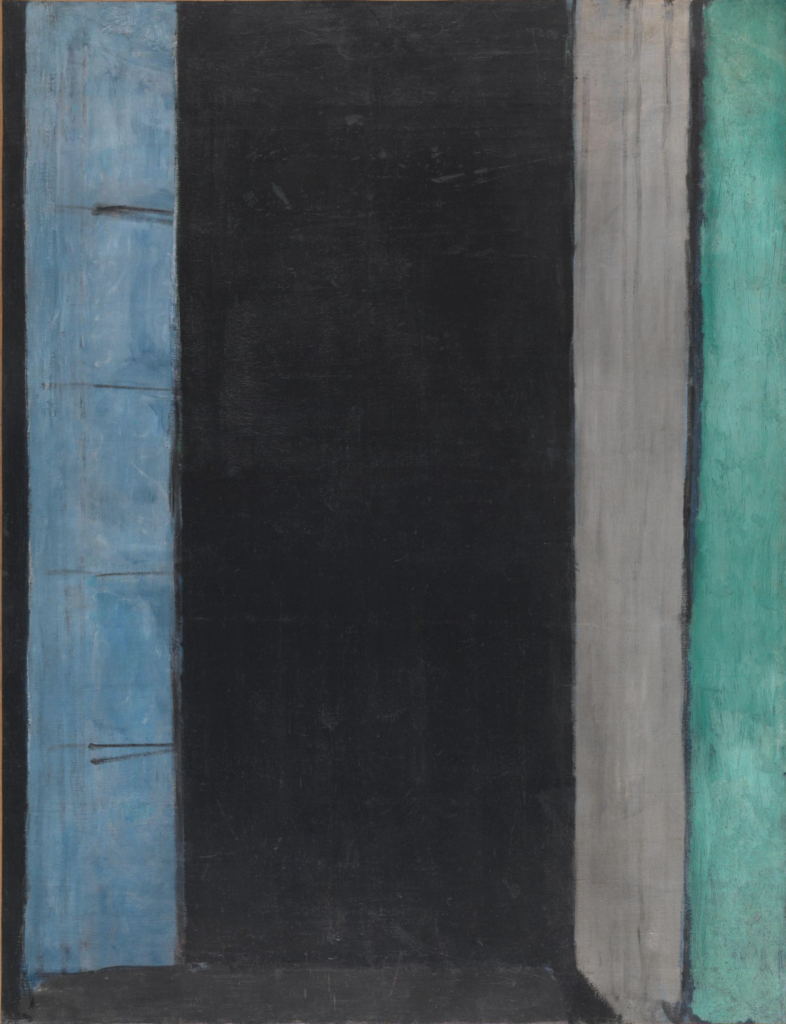
My preferred way of looking at the real world is through “micro vs. macro” lenses. For example, if you take a close look at some small detail of the street and take it out of context, it can be perceived as some kind of satellite view. As is the case with my “Broken Yellow Border” — a picture taken in a Las Vegas parking lot that you can interpret as an eagle view of the desert. All in all, my work illustrates rather our perception of the world than the discussion of abstraction versus figuration.
What qualities do you view as the most valuable for a contemporary artist?
A writer without a story can’t write a book. So, personal experience (mainly hard work), study and being in the right place at the right moment.
